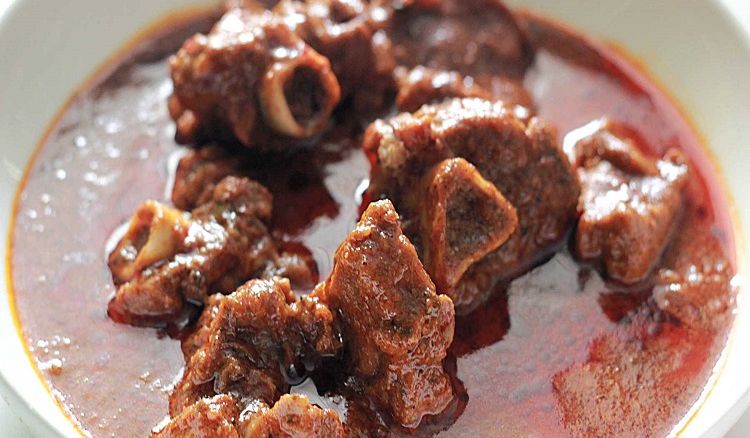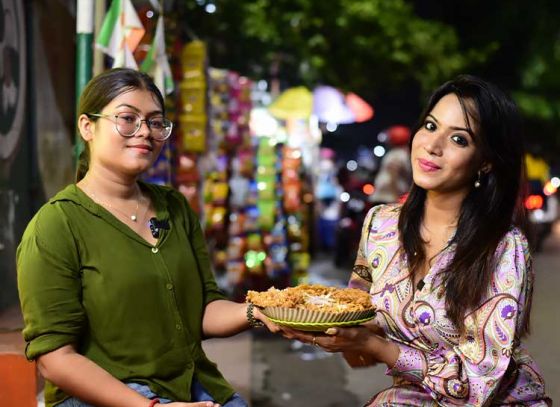Glaucoma Week is observed globally from March 12-18 to raise awareness among the general public. It is the second leading cause of blindness worldwide.
Glaucoma is often referred to as the "silent killer" because it can severely damage the optic nerve without any noticeable symptoms until significant vision loss has occurred. There are multiple causes of glaucoma. It can develop due to increased intraocular pressure (IOP) within the eye. However, glaucoma can also occur even if the intraocular pressure is normal. Factors like family history, diabetes, high blood pressure, nearsightedness or farsightedness, migraines, eye injuries, other eye diseases, and uncontrolled use of steroid eye drops without a doctor’s advice can contribute to glaucoma.
Without proper treatment, glaucoma patients can permanently lose their vision. However, if detected early, glaucoma can be controlled.
Symptoms of Glaucoma
Glaucoma symptoms can vary from person to person. Common signs include:
- Eye pain and redness
- Sensitivity to light
- Difficulty seeing in bright or dim light
- Seeing halos around lights
- Eye, head, and forehead pain
- Swelling of the eye
- Nausea
Age and Glaucoma : Glaucoma Awareness
It was previously believed that glaucoma is primarily an age-related disease, affecting individuals over 40. However, this notion has changed. People of any age, including newborns, can develop glaucoma. Sometimes, the condition is congenital. If a newborn has persistent tearing, light sensitivity, cloudy corneas, and enlarging eyeballs, it is crucial to consult an eye doctor immediately.
Treatment and Care
Anandalok Hospital’s ophthalmology department offers specialized glaucoma treatment, supported by a team of eye specialists. For more information on eye disease treatments, visit the hospital's website.






